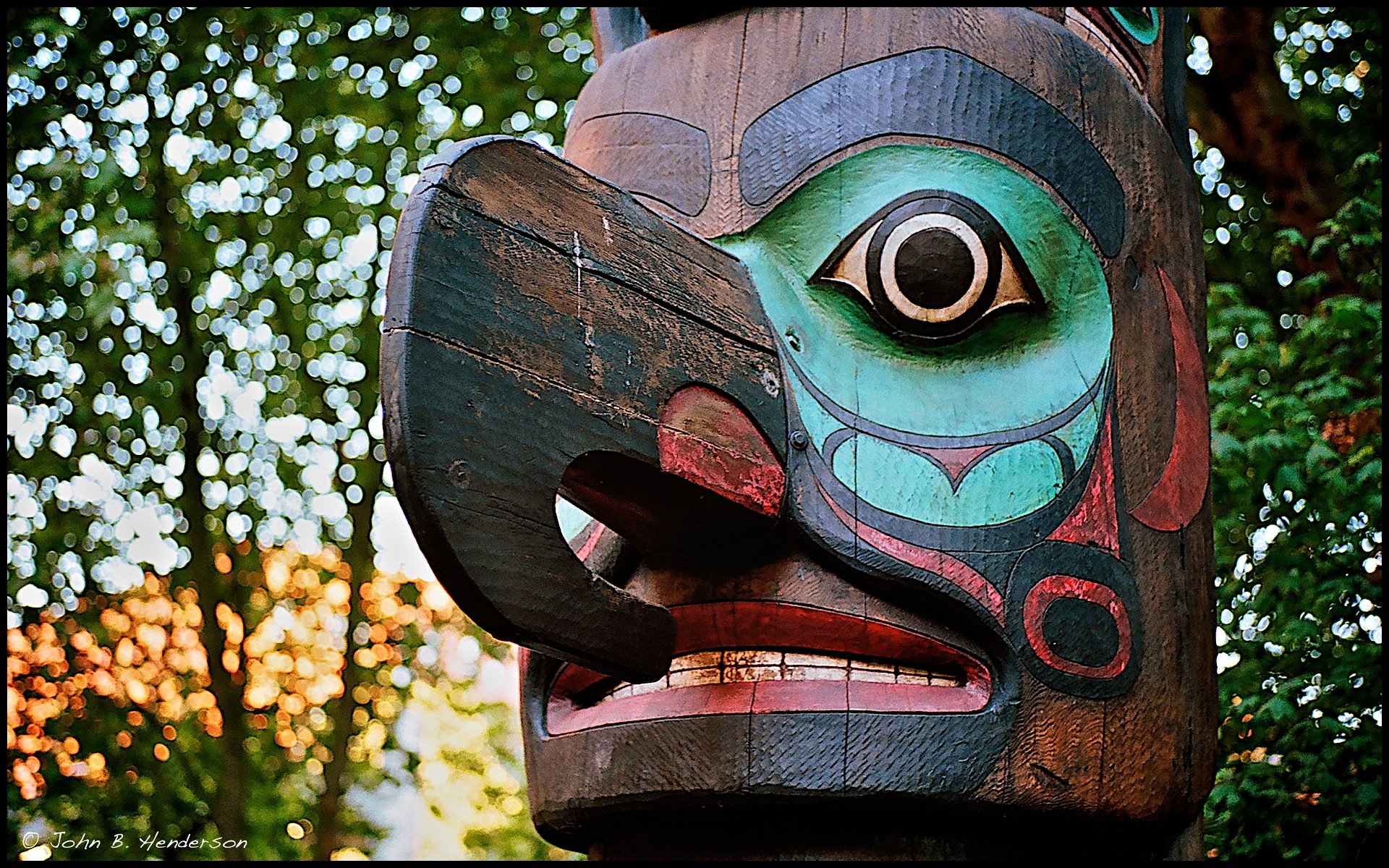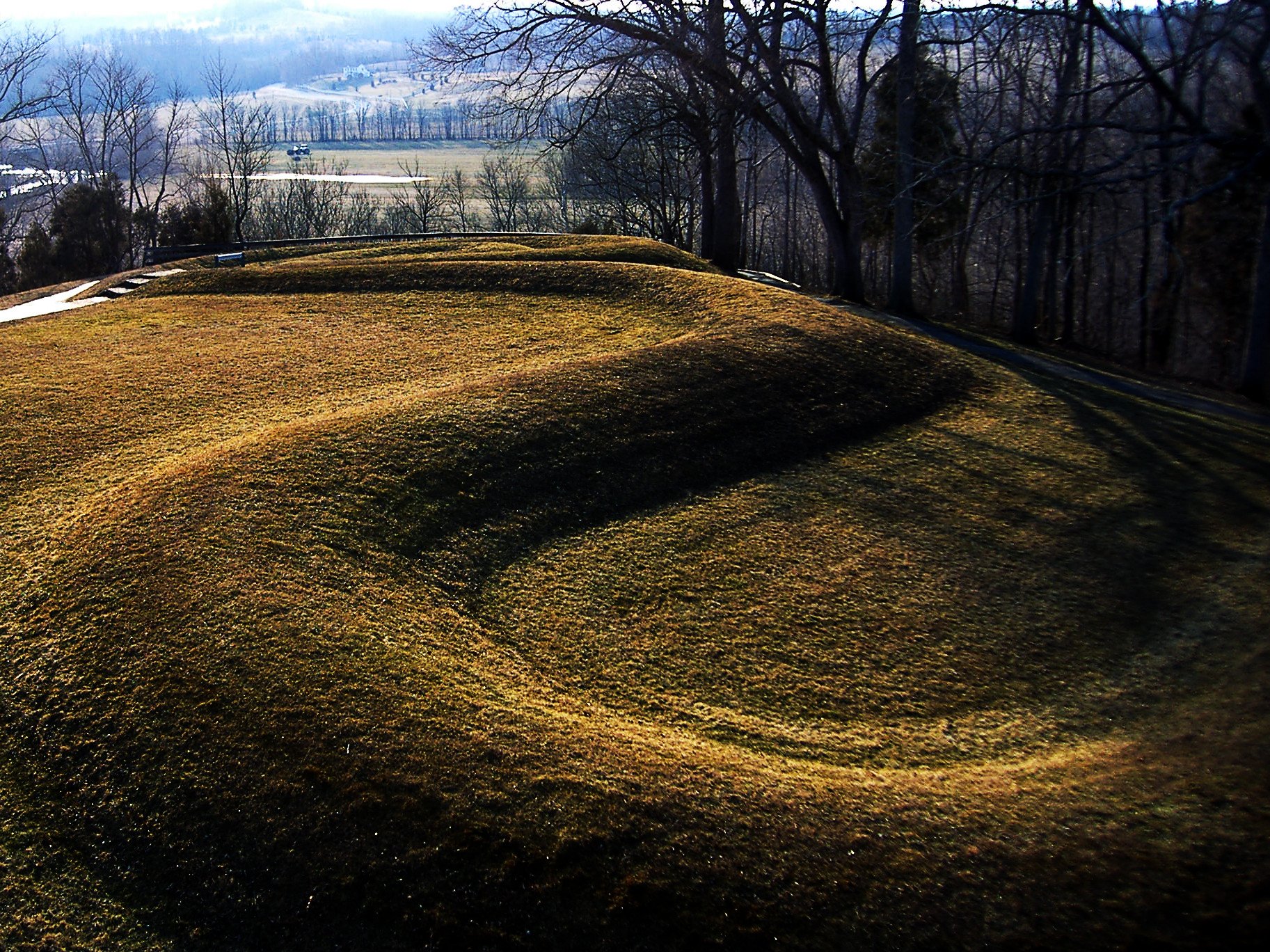The Trump administration has rolled back federal project review deadlines, putting Indigenous nations at risk of losing their voice in the development of infrastructure on their homelands. Meanwhile, the Trump administration is cutting funding for the national THPO program by 94%, leaving many Indigenous nations with limited resources to maintain their historic preservation efforts.
Read More(EXPLAINER) Thanksgiving Day isn’t just about parades, crowded airports, football games and a turkey dinner. The U.S. holiday also has roots in the Christianity of 16th century Europe. The celebration has been linked to the Pilgrims of 1621 and the harvest festival since the late 19th century. As the name implies, the theme of the holiday revolves around giving thanks.
Read More(ANALYSIS) For Indigenous activists, walking the land can take on powerful spiritual and political significance. It has been, and continues to be, an important way Indigenous nations pursue healing, environmental stewardship and diplomacy across Turtle Island, the name many Indigenous groups use to refer to North America.
Read More(ANALYSIS) Back in August, IllumiNative released a study that described how Native-led shows like “Reservation Dogs" had a positive effect on viewers, showing that Native-led projects are not only in demand but proving to be educational and impactful. Viewers who watched the aforementioned Native-led shows were more likely to agree with policies that support and center Indigenous voices.
Read More“The Roof,” released as part of the second season of the platform’s “Launchpad” series, tells the coming-of-age story of a two-spirit Northern Cheyenne teenager (played by Phoenix Wilson) who is sent to live with their grandfather (played by Academy-Award winner Wes Studi). The two learn to connect and the teen gains an understanding of what it means to be two-spirit, while the grandfather opens up about his life.
Read MoreAward-winning Cree actress and activist Michelle Thrush spoke to students at Salish School of Spokane — giving them an insight into her life, how she got into acting, her culture and how she wants to tell stories from a place of honesty.
Read More(ANALYSIS) November is Native American Heritage Month, an interesting if not complex time to celebrate Indigenous people. Many Indigenous people complain about November being selected for the celebration — to many Native people, Thanksgiving is a reminder of the attempted genocide of many tribes by the settlers they helped, not to mention the theft of homelands and children stolen for boarding schools.
Read More(ANALYSIS) Despite the First Amendment, the United States' federal policy toward Native Americans and native religions has been inconsistent. In 1978, Congress passed and President Jimmy Carter signed the American Indian Religious Freedom Act. It recognized that government policy had inhibited the practice of Native American religions, including access to sacred sites.
Read More(ANALYSIS) Each year on the fourth Thursday of November, when many people start to take stock of the marathon day of cooking ahead, Indigenous people from diverse tribes and nations gather at sunrise in San Francisco Bay. Their gathering is meant to mark a different occasion — the Indigenous People’s Thanksgiving Sunrise Ceremony
Read MoreDuring a recent small-ship cruise up Alaska’s Inland Passage from Sitka to Juneau, my wife and I saw many totem poles, both old and fairly new. Since we were voyaging through Tlingit territory, we paid special attention to those witnessing to Tlingit culture. Fortunately, we had a Tlingit as our guide.
Read More(ANALYSIS) Hopewell Ceremonial Earthworks in Ohio was added to UNESCO’s list of World Heritage sites on Sept. 19, 2023. The eight mound complexes that received this designation are spread across central and southern Ohio and were built between the beginning of the common era and the 12th century.
Read More(OPINION) For generations, Indigenous people have been asking for objects taken during colonization of their traditional homelands to be returned. Some of the objects are sacred, but also many items are human remains. The United Nations Declaration on the Rights of Indigenous Peoples said human remains and funerary objects should be returned to the individual tribes.
Read More(ANALYSIS) Mauna Kea, a 13,802-foot dormant volcano on the island of Hawaii, is one example. The mountain is managed as public land by the state of Hawaii. Native Hawaiians have protested the state’s management of Mauna Kea for decades, saying Hawaii has allowed too many research buildings on their sacred mountain, which disrupts their ability to practice their religion.
Read MoreAfter the remains of 215 indigenous children were found in Canada, churches are working to confront their past and serve their communities.
Read MoreEvan Todachine and his wife Crystal lost their 18-month-old son shortly after their baptisms into the Christian faith. Their church is sharing their resources and faith with American Indian communities that are suffering terrible losses from COVID-19. “We have the peace, we have comfort, having gone through a tragedy like this,” Todachine said. “Our people have to know this peace and this hope.”
Read MoreThe Navajo Nation is seeing an abrupt change to their way of life. Burial rituals are changing. Food insecurity is growing. Traditional ceremonies and religious services are cancelled, and without Internet (and without electricity in some homes), no virtual experiences can even attempt to break the isolation.
Read More(OPINION) As Italians gained in power, Columbus Day officially became a U.S. federal holiday starting in 1968. Amerigo Vespucci, however, is barely mentioned in American classrooms.
Read MoreIt may be the one issue in America capable of uniting Mormons, Native Americans, Roman Catholics and Evangelical Christians. The issue of religious liberty has, in recent years, increasingly galvanized people of many faith traditions in the United States to unite against secular forces. One of its most-vocal backers and eloquent advocates is opinion journalist David French.
Read More















